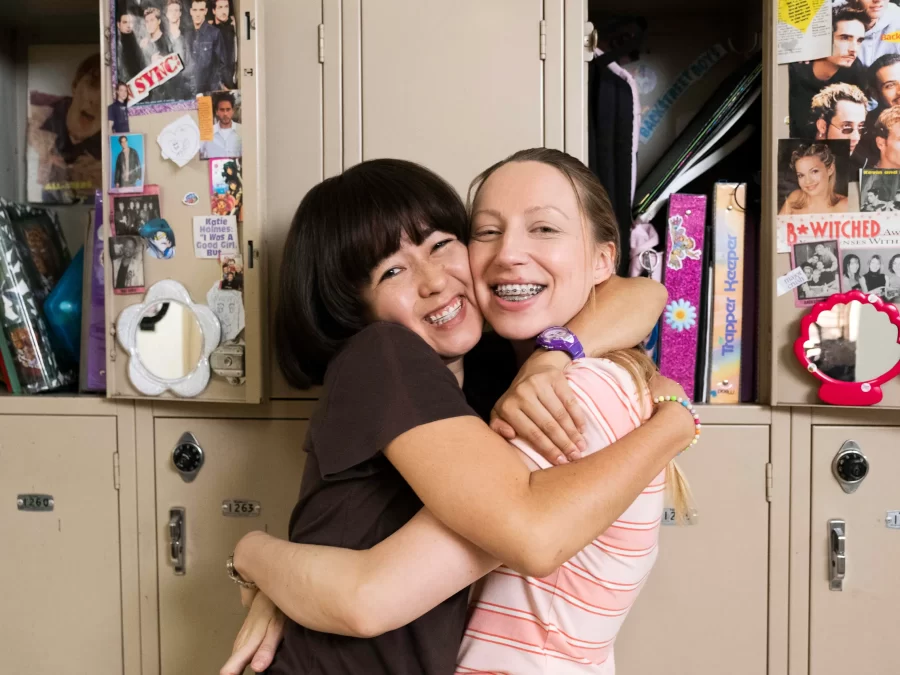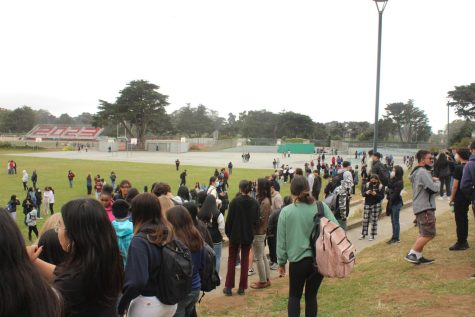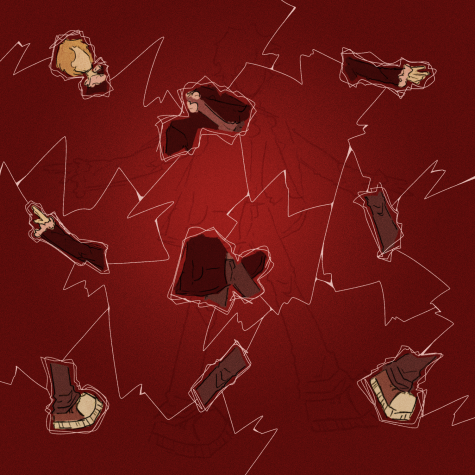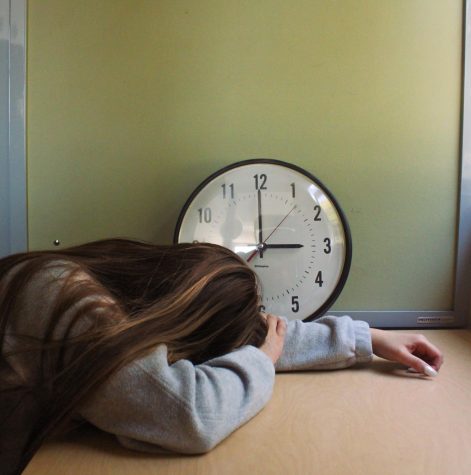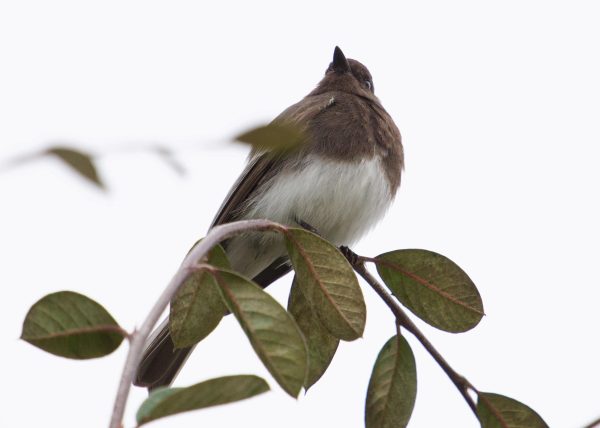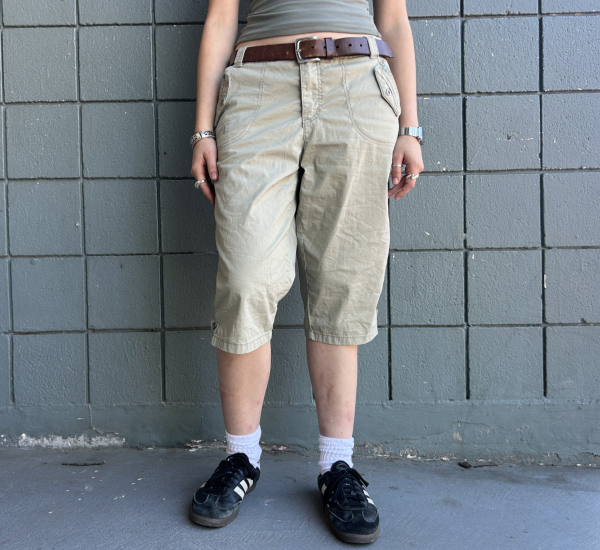Media Review: PEN15
The Hulu series PEN15 is both an agonizingly relatable and culturally accurate dissection of early 2000’s teen girlhood — an era of AOL Instant Messenger, low rise jeans, and jamming out to Nelly. Co-producers and lead actresses Maya Erskin and Anna Konkle — women in their thirties — play Maya Ishii-Peters and Anna Kone, exaggerated adolescent versions of themselves. The pair of best friends are obvious outliers among their middle school classmates, who are casted by 13 year olds. Though at times awkward and excruciating to watch, Erskin and Konkle’s satirical reenactment of tween behavior makes audience members, like myself, deeply resonate with their coming-of-age struggles through pre-womanhood horrors. This includes humiliating encounters with crushes, reluctant confrontations with cultural identity, anxious departures from adolescence; the list goes on.
Throughout PEN15’s three-season run, it’s jarring how I forget that the main characters are portrayed by actual grown women, and are not just scrawny middle schoolers. Erskin and Konkle nail the self-absorbed “no-duhs,” within their slang, the hunched-over body posture, and retainer lisps to a tee. Attached at the hip, they yearn to fit in and reach peak maturity as middle schoolers. When Maya is embarrassed for having blood stained tissues emerging from her pants or when Anna chugs a can of beer with older girls, the audience relives the psychosocial trauma they experienced when they were that age.
However, unlike facing these pressures head on for the first time, PEN15 gives audiences an aerial view of the mortifying teenage girl experience, underlining how everything Maya and Anna go through is temporary. “The conceit of the show was that they think they’re in seventh grade forever,” Erskin said in an interview with the New Yorker. “It is this extreme microscope. It’s, you know, interminable hell.” It’s comforting to see how these grown adults who are reliving the worst times can lend teenage audiences a beacon of light to these pubescent horror stories, and remind us that what we’re going through will pass.
 Yet, what truly sold me on this show was how Maya’s Japanese American upbringing was seamlessly integrated into several episodes. Under her huge mushroom haircut, Maya awkwardly straddles the pressures to accept her mixed-race identity and assimilate into her white suburban middle school. We see her self esteem dwindle when classmates stretch their eyes at her and call her UGIS — “Ugliest Girl in School.” Returning home with internalized anger, Maya pokes fun at her immigrant mother’s pronunciation of English words, calls her Asian features ugly, and rebuffs any aspect of her own personality that’s “too Japanese” for her liking. As uncomfortable as it is to admit, I saw myself in how Maya inadvertently othered her mother to project her own inability to accept her Asian American identity. Erskin conveys a middle schooler’s unconscious discovery of racism so well, it’s almost as if she referenced my diary entries when writing this script. PEN15’s ability to unsparingly paint the unspoken aspects of Asian American girlhood connected to me on a different level by displaying this nuanced experience that’s rarely shown on American screens.
Yet, what truly sold me on this show was how Maya’s Japanese American upbringing was seamlessly integrated into several episodes. Under her huge mushroom haircut, Maya awkwardly straddles the pressures to accept her mixed-race identity and assimilate into her white suburban middle school. We see her self esteem dwindle when classmates stretch their eyes at her and call her UGIS — “Ugliest Girl in School.” Returning home with internalized anger, Maya pokes fun at her immigrant mother’s pronunciation of English words, calls her Asian features ugly, and rebuffs any aspect of her own personality that’s “too Japanese” for her liking. As uncomfortable as it is to admit, I saw myself in how Maya inadvertently othered her mother to project her own inability to accept her Asian American identity. Erskin conveys a middle schooler’s unconscious discovery of racism so well, it’s almost as if she referenced my diary entries when writing this script. PEN15’s ability to unsparingly paint the unspoken aspects of Asian American girlhood connected to me on a different level by displaying this nuanced experience that’s rarely shown on American screens.
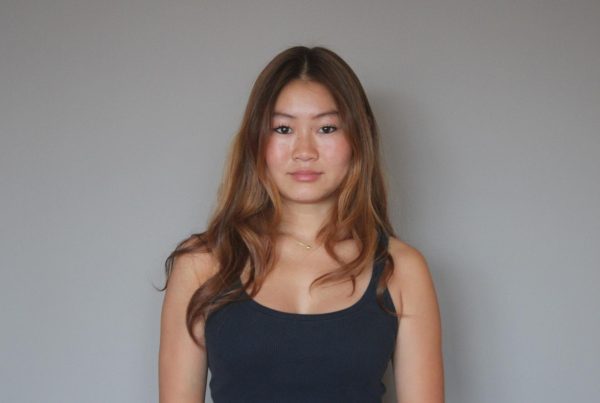
Sierra is a senior at Lowell. She loves munching on school lunch hotdogs and updating her secret Letterboxd account. Sierra also loves sunny weather.


